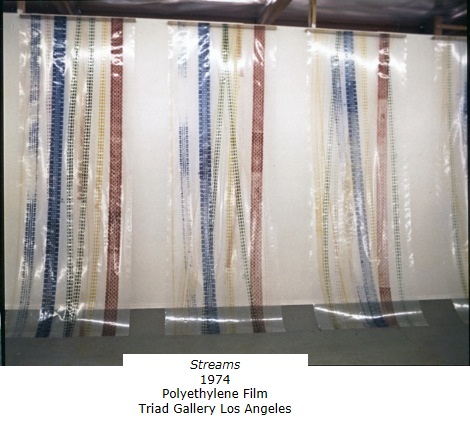Geneva, December 2019
The International alliance for the protection of heritage in conflict areas (ALIPH) said on Tuesday it has allocated another USD 10 million to support 20 projects that safeguard cultural heritage in 12 countries struggling to recover from conflict, particularly in the Middle East and Africa.
Cultural heritage has been targeted in recent years by armed conflicts; its rehabilitation is now essential for social and cultural reconstruction efforts in affected countries.
ALIPH is the only global fund dedicated to the protection of cultural heritage in conflict areas. To this end, the foundation finances preventive measures, emergency interventions and concrete post-conflict rehabilitation projects all around the world.
Created in response to the massive destruction of cultural heritage in the Middle East and the Sahel region, its offices opened in Geneva in September 2018. These 20 new projects will bring this young organization’s total number of supported projects to 43, for a financing envelope of more than USD 17 million to date.
“Through these interventions, we reaffirm our commitment to help preserve mankind’s collective history and to assist those living in countries affected by conflict in building a renewed sense of hope, community and dignity”, said Dr. Thomas S. Kaplan, Chair of ALIPH Foundation Board.
This new funding announcement deepens ALIPH’s engagement in three areas of intervention: protecting monuments and sites, safeguarding museums and their collections, and documenting and interconnecting heritage.
The Alliance will also fund, for the first time, an intangible heritage project in Afghanistan to safeguard decorative tile making, carpet weaving and Tambor making. “ALIPH’s support will allow our team to protect, safeguard, and document our priceless heritage which has been gravely weakened by decades of conflict across Afghanistan,” said Hamid Hemat, Cultural Heritage Senior Specialist and Project Manager, at the NGO Turquoise Mountain.

This funding cycle will expand ALIPH’s presence from 7 to 12 countries: Afghanistan, Eritrea, Georgia, Iraq, Lebanon, Libya, Palestine, Peru, Somalia, Sudan, Yemen and a project in Denmark to digitize documents on the heritage of Palmyra, Syria. The depth and scope of these projects is possible only because of the strong support of its Member States and private donors.
ALIPH’s ongoing projects have already achieved several milestones, in particular the long-term initiative “Mosul Mosaic” (Iraq) that aims to rehabilitate sites representative of the cultural and religious diversity of the Old City. For instance, the Mosul Museum has now been stabilized, part of its collections safely stored, and its overall rehabilitation action plan finalized. The next step has just been approved by ALIPH, which aims to restore the collections, build capacities and pave the way for the building’s reconstruction.
Two emergency grants in Africa have also concluded: in Mali, staff were trained at the Al-Aqib Library in Timbuktu to restore 3,000 manuscripts, and in Abidjan, the protection of the collection of the Musée des Civilisation de Côte d’Ivoire has been reinforced. “This excellent project is the first of its kind in West Africa. Indeed, thanks to ALIPH’s generous support, the collections of the Museum are now well protected,” said Museum Director, Dr. Silvie Memel-Kassi.

Download Factsheet about the projects
About ALIPH
The International alliance for the protection of heritage in conflict areas (ALIPH) provides concrete support for the protection and reconstruction of cultural heritage in conflict zones and post-conflict situations. The Alliance was founded in March 2017 in response to the massive destruction of outstanding, often ancient, cultural heritage in recent years. Operating under Swiss law, this Geneva-based foundation, also has the status of an international organization.
ALIPH financially supports associations, foundations, academic, cultural and heritage institutions, and international organizations working to preserve cultural heritage in the face of imminent conflict or to intervene for its rehabilitation. Its three areas of intervention are: preventive protection to limit the risks of destruction, emergency measures to ensure the security of heritage, and post-conflict actions to enable local populations to once again enjoy their cultural heritage.
ALIPH selects projects through regular calls—the next call will be open from 15 January-16 March. Emergency relief funding can also be applied for on a rolling basis. More information available at: www.aliph-foundation.org. For the Silo, Sandra Bialystok Aliph Communication and Partnerships Officer.














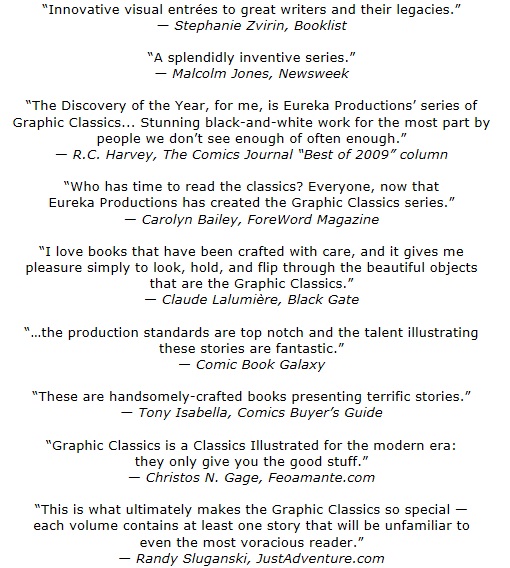















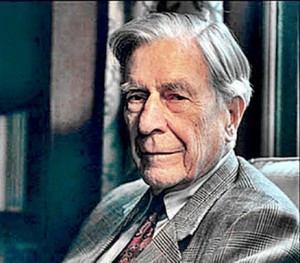



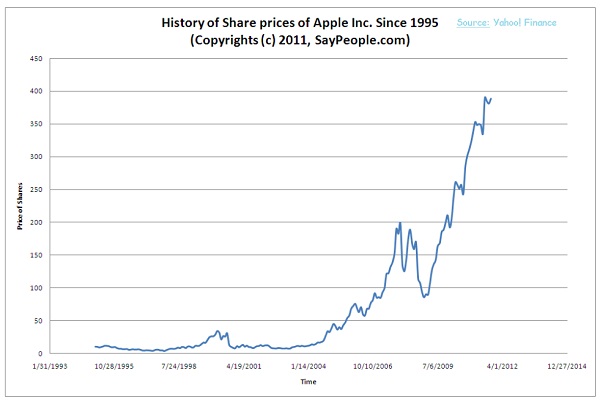



 > Dear Silo, It’s your life.
> Dear Silo, It’s your life.





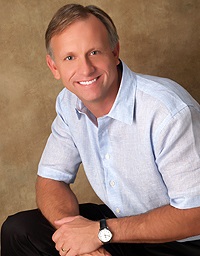




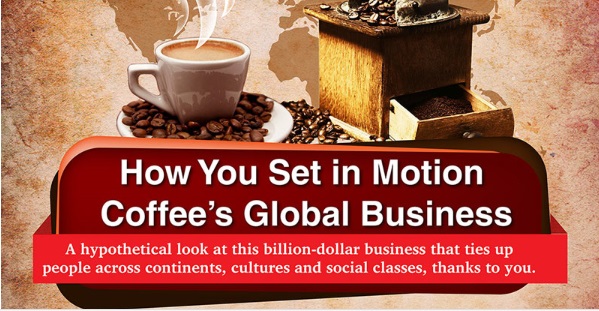

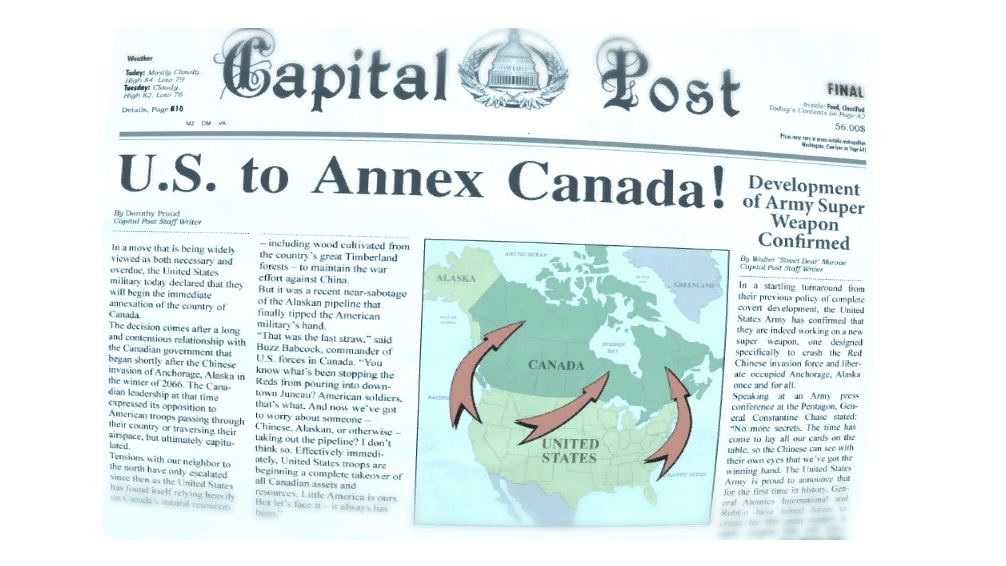



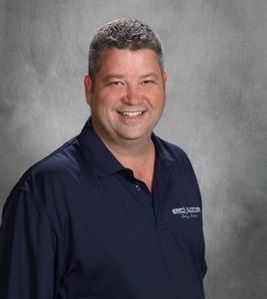 “It made me realize how much hunger there is for information on how divorces work,” said Alexander. “No one ever expects to get a divorce, so it’s not a subject that people spend much time learning about until they are facing one. It can be hard to catch up at such a stressful time.”
“It made me realize how much hunger there is for information on how divorces work,” said Alexander. “No one ever expects to get a divorce, so it’s not a subject that people spend much time learning about until they are facing one. It can be hard to catch up at such a stressful time.”













